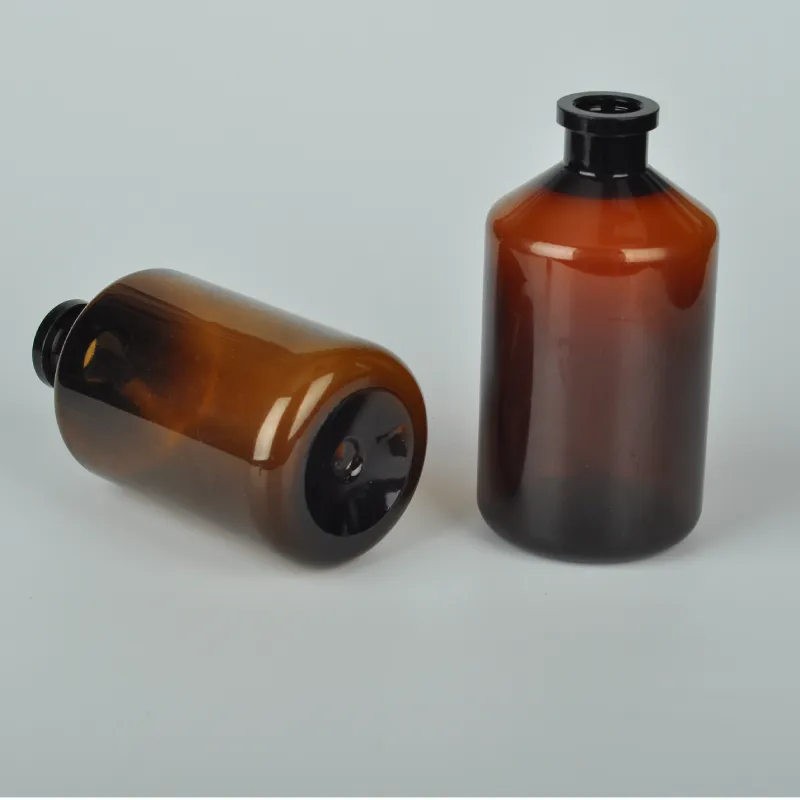Innovative Designs for Liquid Medicine Bottles for Improved Health Care Solutions
The Importance of Liquid Medicine Bottles A Vital Component in Healthcare
Liquid medicine bottles play a crucial role in the healthcare system, ensuring that patients receive their medications safely and effectively. These bottles are specifically designed to hold and dispense liquid pharmaceuticals, which include everything from cough syrups and antibiotics to more specialized treatments such as insulin or chemotherapy drugs. Understanding the design, function, and significance of these containers is essential for both healthcare providers and patients.
First and foremost, the design of liquid medicine bottles emphasizes safety and usability. Most bottles are made from high-density polyethylene (HDPE) or glass, materials chosen for their durability and resistance to chemical interaction with the contents. The choice of material also often reflects the nature of the medicine inside; for instance, light-sensitive medications are typically stored in amber glass bottles to protect them from degradation due to exposure to light. Furthermore, many liquid medicine bottles come equipped with child-resistant caps. These caps are designed to prevent accidental ingestion by children, which is critical in households where vulnerable individuals may be present.
The accuracy of dosage is another vital feature of liquid medicine bottles. Many bottles are designed with built-in measuring devices such as dosing cups, syringes, or droppers. This ensures that patients can take the correct amount of medication without the risk of underdosing or overdosing. For example, a children's liquid fever reducer often comes with a specific oral syringe, which allows parents to measure out the exact dose according to the child's weight. Such precision is fundamental in achieving effective treatment outcomes.
liquid medicine bottles

Liquid medicine bottles also aid in the proper storage and longevity of medications. Depending on the formula, some liquid drugs may require refrigeration or protection from extreme temperatures. The labeling on the bottles provides critical information regarding storage conditions, expiration dates, and proper disposal methods. This is a key aspect of medication safety, as improper storage can lead to diminished efficacy or even harmful reactions.
Moreover, the role of liquid medicine bottles extends beyond just physical containment. They are an integral part of the communication process between healthcare providers and patients. Clear labeling of active ingredients, dosage instructions, possible side effects, and interactions with other drugs helps patients understand their treatment. It empowers them to follow their healthcare provider's recommendations closely, promoting adherence and improving health outcomes.
In the age of technology, innovations are being introduced into the design of liquid medicine bottles. Some companies are developing smart bottles equipped with sensors that can track when medication is dispensed, reminding patients to take their meds or alerting caregivers if doses are missed. This intersection of healthcare and technology represents a significant advancement in medication management, especially for patients with chronic conditions requiring ongoing treatment.
In conclusion, liquid medicine bottles are much more than simple containers. They are a critical element of medication management, safety, and patient education. Their design, functionality, and the innovation surrounding them underscore the importance of addressing patient needs while adhering to safety standards. As the healthcare landscape continues to evolve, the role of these bottles will remain pivotal, emphasizing the ongoing commitment to patient care and medication safety. Understanding and appreciating the significance of liquid medicine bottles can help both healthcare professionals and patients navigate the world of pharmaceuticals more effectively, leading to better health outcomes for all.
-
Aesthetic Makeup Spray Bottles | Fine Mist Empty RefillableNewsAug.19,2025
-
White Plastic Veterinary Vaccine Vials | Lab Liquid BottlesNewsAug.18,2025
-
Plastic Medicine Liquid Bottle: Secure Flip Top Drug VialsNewsAug.17,2025
-
Durable 250ml Blue Plastic Vaccine Vial for Lab & Vet UseNewsAug.16,2025
-
Sterile Virus Sample Tubes: Secure & Reliable Specimen CollectionNewsAug.15,2025
-
White 250ml Plastic Vaccine Vial for Lab & Vet MedicineNewsAug.14,2025
























